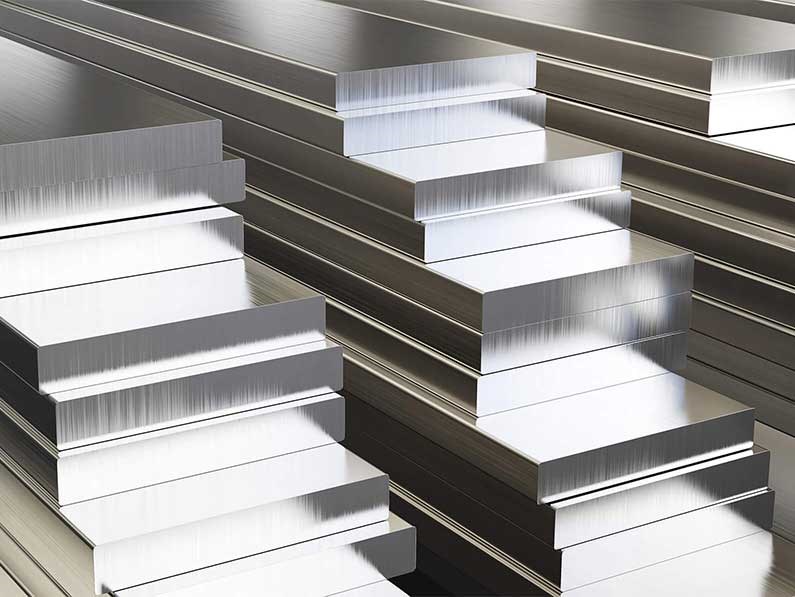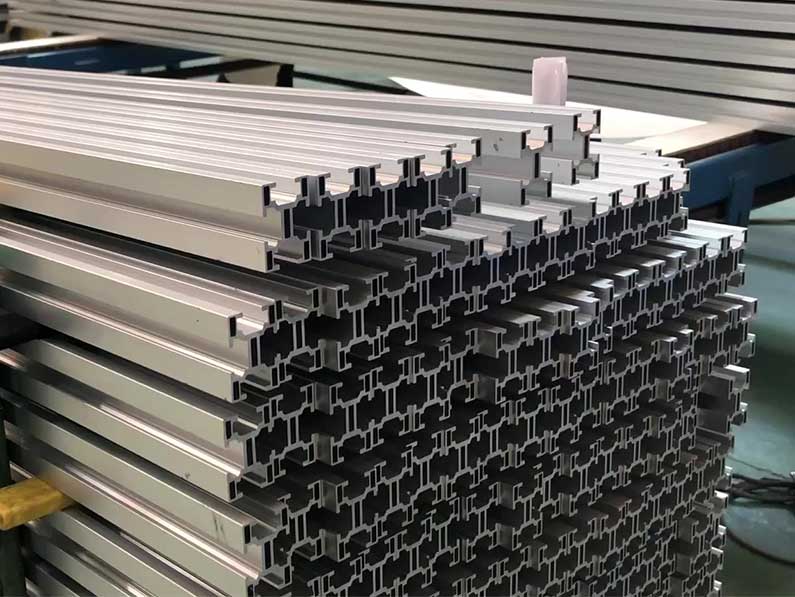7 Fast Facts About Aluminium

From soda cans and ladders to electrical wiring and airplane fuselages, countless products are made of aluminium. Along with steel, it’s become one of the world’s most widely used metals. While you’ve almost certainly used a product containing this metal below, we’ve compiled a list of seven facts about aluminium that may surprise you.
1) It Weighs One-Third Less Than Steel
One of the reasons aluminium has become such a widely used metal in the manufacturing industry is because of its lightweight characteristics. On average, aluminium weighs one-third less than steel. If a block of steel weighs 100 pounds, for example, an aluminium block of the same size would weight just 33.3 pounds.
2) It Doesn't Rust
Since it doesn’t contain iron, aluminium doesn’t rust. Only metals containing iron, including steel, can rust. This makes aluminium an attractive choice of material for outdoor applications where moisture is a problem. Aluminium products can withstand rain, sleet, snow and humidity without rusting.
3) It's the World's Most Abundant Metal
Consisting of about 8.2% of the Earth’s crust, aluminium is the world’s most abundant metal. Because there’s so much aluminium readily available, it typically costs less than other, less-common metals.
4) It's Recyclable
Aluminium is also recyclable, meaning aluminium products can be smelted down and reused in other applications. According to the Aluminium Association, it’s the “most recyclable of all materials.” When aluminium is recycled, nearly all of the metal can be reused without creating any waste. And the Aluminium Association notes that recycling just a single aluminium can saves enough energy to power an MP3 player while listening to entire album of songs.
5) It was Used Thousands of Years Ago
Some of the first documented uses of aluminium occurred thousands of years ago in Ancient Greece. Back then, people would dye their clothes with alum, which of course, contained aluminium. With that said, industrial production of aluminium as a metal didn’t begin until the late 19th century when the Heroult process was invented.
6) It's Resistaant to Heat
While lightweight, aluminium is highly resistant to heat. It will still smelt from a solid to liquid state when exposed to enough heat, but it takes temperatures in excess of 1,220 degrees Fahrenheit to smelt aluminium.
7) It's Ductile
Aluminium is a ductile metal that’s easy to bend and shape. Using basic tools and minimal pressure, manufacturing companies can mold aluminium into the necessary shape for their respective applications. Its low ductility makes it ideal for forming and molding applications when compared to metals with a higher ductility.
